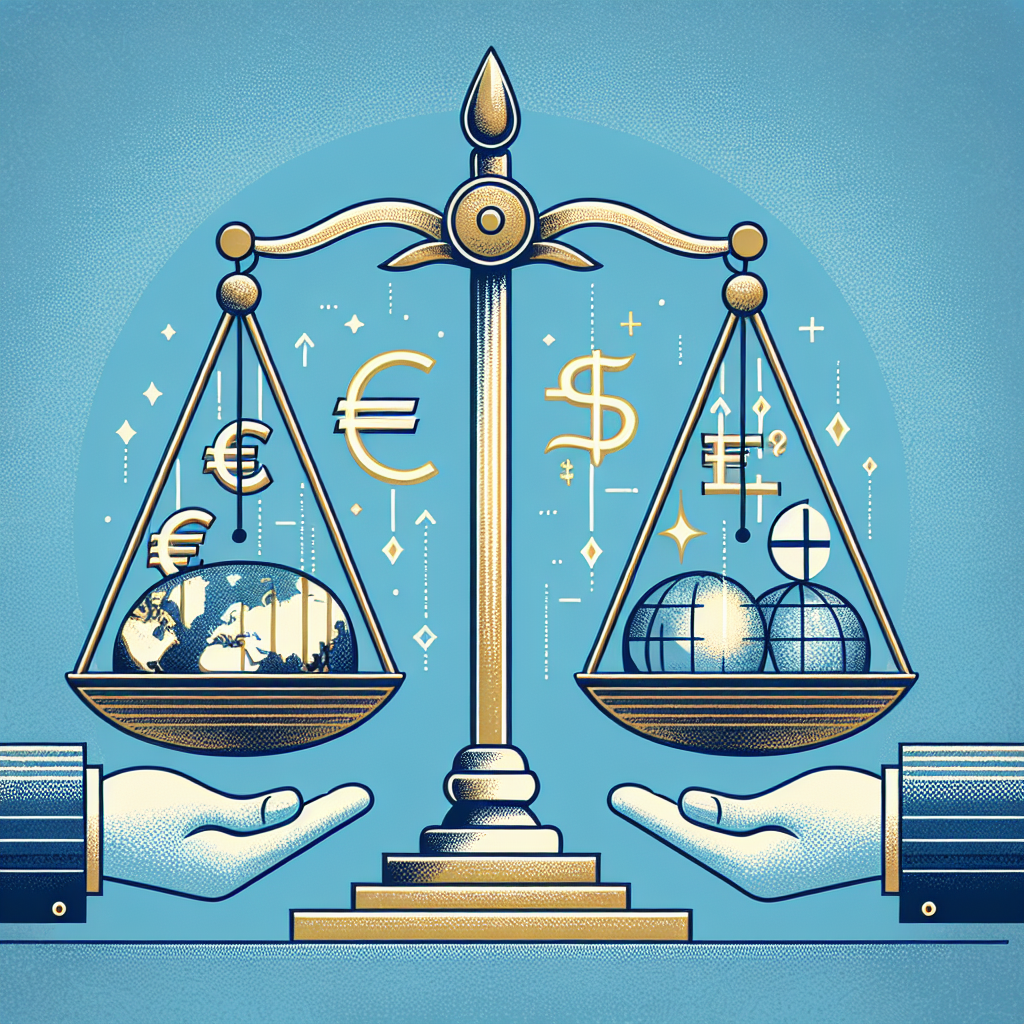Global Trade Friction Eases After U.S.-EU Agreement
The recent U.S.-EU trade agreement, featuring a 15% tariff on most EU goods, has boosted global stocks and the euro. This arrangement stems from President Trump's efforts to finalize trade deals before an August 1 deadline. Investors now await key meetings from the Fed and BOJ on monetary policies.

The global financial landscape brightened on Monday as a new trade agreement between the United States and the European Union improved market sentiment. This agreement establishes a 15% import tariff on most EU goods, significantly lower than the previously threatened rate, bringing a measure of clarity ahead of crucial policy meetings by the Federal Reserve and the Bank of Japan.
Amid pressure from the August 1 deadline set by U.S. President Donald Trump, nations are hastening their negotiations, with representatives from the U.S. and China meeting in Stockholm. Market analysts lauded the U.S. strategy as a triumph, pointing out the defused risks of escalated trade conflicts between these major economic players.
Global indices responded positively, with S&P 500 and Nasdaq futures rising and the euro strengthening against other major currencies. The agreement not only prevents further deterioration but also embodies a greater diplomatic approach, offering companies the predictability necessary to navigate the current economic climate.
(With inputs from agencies.)
ALSO READ
Market Jitters: Tariffs and Tech Earnings Could Shake Up U.S. Stock Calm
EU-US Trade Pact Halves Tariffs, Avoids Trade War
U.S.-China Trade Truce Talks: Tariffs, Tensions, and Future Deals
K-Beauty Panic: How Tariffs Could Disrupt South Korean Cosmetics Invasion
Central Bank Reforms Cut Interest Rates and Raise Debt Limits in Developing States










